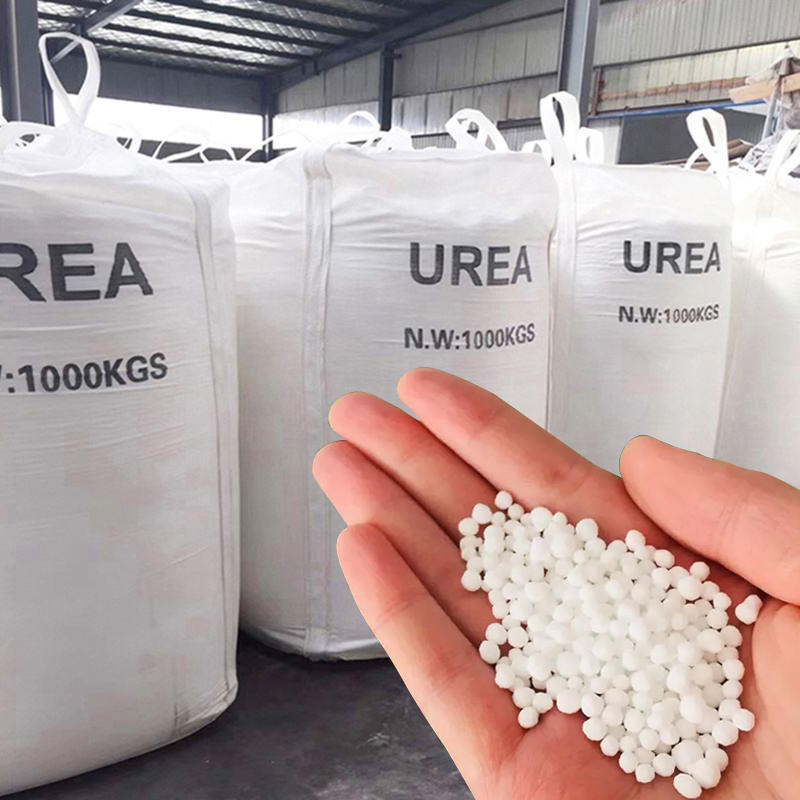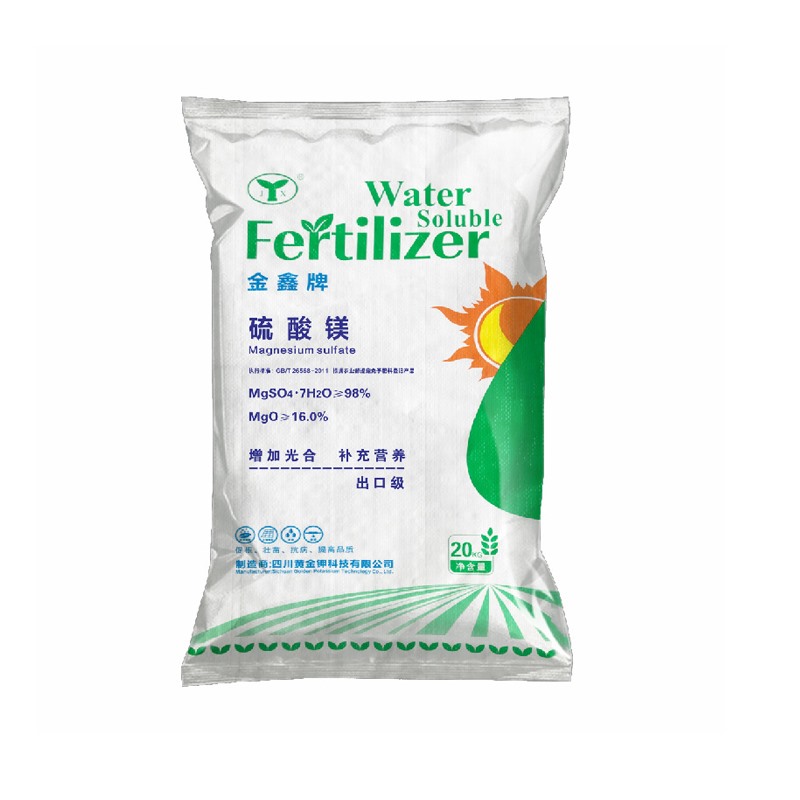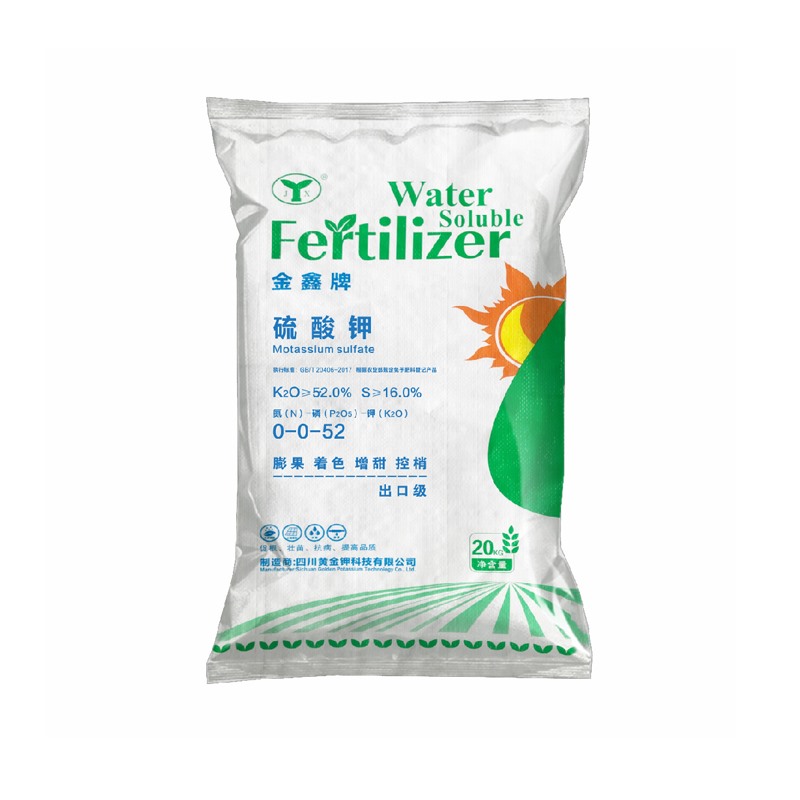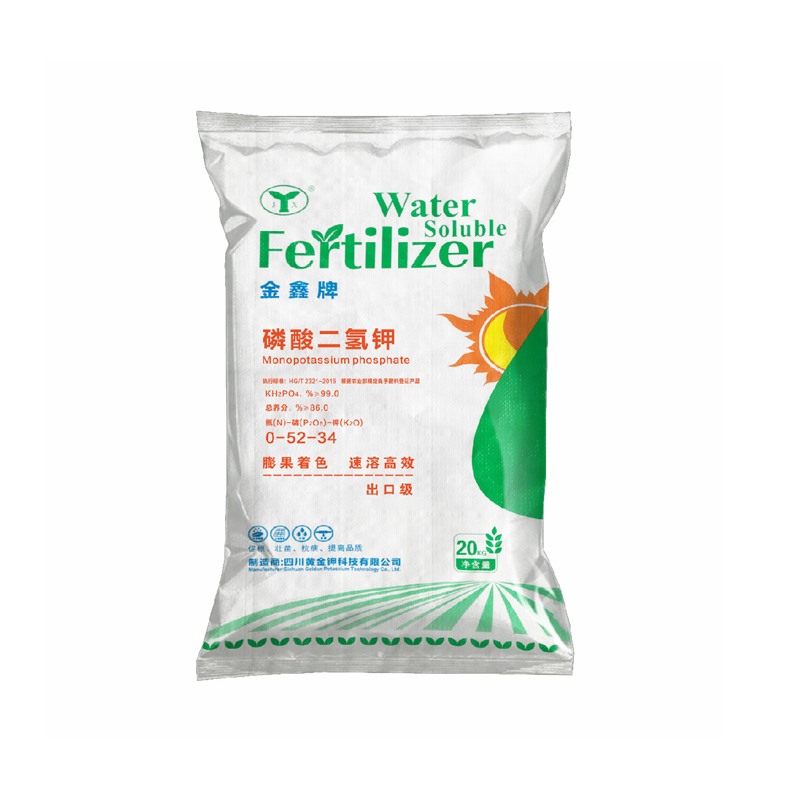Uncover the truth of organic fertilizer of GROW THE HAIR
Some people say that bio-organic fertilizer is a good fertilizer after "grow hair", and some people say that "grow hair" fertilizer cannot be used. Is "grow hair" organic fertilizer good or bad? Can it be used? Today, the editor will reveal the truth about the "grow hair" of organic fertilizers.

What is the "hair" of organic fertilizer?
The "hairs" on the organic fertilizers are actually "colonies". To put it simply, it refers to the visible colonies formed by bacteria or fungi that multiply on solid medium. When the temperature is suitable, the moisture is suitable, the environment is suitable, and the nutrients are sufficient, the reproduction is accelerated, and colonies are formed on the fertilizer.
Colonies are divided into bacterial colonies and fungal colonies. The color of bacterial colonies is mainly white, transparent and light yellow, the color is lighter, and the surface is relatively smooth. The fungal colonies are generally green, black, and brown in color, with green and black being the main ones.
Is grow-haired fertilizer good?
Whether the bacteria grow or not grow hair is determined by the properties and environment of the bacteria itself:
First of all, the general body size of fungi is 40-1000 times larger than that of bacteria, or even 10,000 times, which is easy to see with the naked eye, while bacteria are small and difficult to see. There are many bacterial fertilizers on the market, and grow-haired ones are rarely seen.
Second, fungi are more adapted to survive in acidic environments. Most of the microbial fertilizer carriers are fermented from animal and plant residues, all of which are acidic, so fungal fertilizers and fertilizers with high content of fungi and miscellaneous bacteria are prone to hair growth.
Furthermore, grow-haired fertilizers generally have relatively high humidity. Moisture bacteria will germinate and survive. The dry weight of this type of fertilizer is about 5 kg less than the weight of a bag of dry granular fertilizers.
To sum up, the growth of microbial fertilizers is nothing special, and it cannot be used as a basis for judging the quality of fertilizers. It is just that the bacteria are different, the environment where the bacteria are located, the content of miscellaneous fungi and fungi, and the water content of the fertilizer are different.



